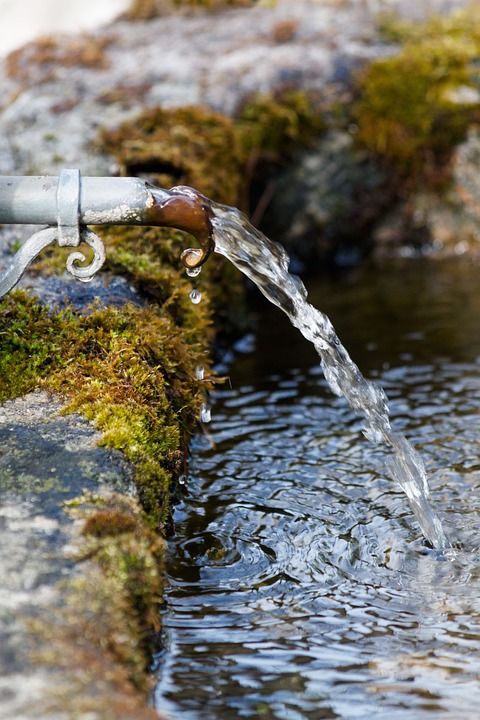NALMS Position on Source Water Protection
Read the full SWP white paper here
Source water protection (SWP) is a program, initiated by a water utility, to maintain or enhance water quality in streams, lakes, reservoirs, and groundwater that provide source water for water treatment utilities. Surface water is the source for over 220 million North Americans and a supply of safe and abundant potable water is essential for protection of public health and maintaining the economy1, 2.
Managing objectives for source water protection may conflict with other management objectives of the waterbody including for recreation, fisheries and wildlife and other non-contact activities. For example, the addition of nitrogen and phosphorus can increase productivity and organic matter content of a lake or reservoir. This can be beneficial for wildlife and fisheries, but can also lead to degraded water quality including algal blooms. Elevated organic matter concentrations routed through the water treatment process can increase the formation of harmful disinfection by-products, release disagreeable taste and odor compounds, interfere with treatment process, and can contain algal toxins. Degraded water quality affects a water utility’s ability to provide safe water to its customers at a reasonable cost. The North American Lake Management Society (NALMS) supports SWP programs, specifically for lakes and reservoirs.
It is the North American Lake Management Society’s position that:
- Source water protection programs, source water management, optimized water treatment, distribution system management, and water quality monitoring are essential components to provide safe potable water (the multiple barrier approach3).
- When lakes or reservoirs are used as source waters, water supply is the highest priority use of the water body and non-compatible uses should be minimized in the lake and along the shoreline.
- Source water protection programs should identify management strategies that will minimize nutrients, algae, turbidity, and organic loading.
- Source water protection programs should manage watersheds to prevent degradation of water quality from point and nonpoint sources of pollution, chemical spills, wildfires, storm impacts, and emerging contaminants.
- Water utilities should assess their watersheds for potential sources of contamination, impacts from upstream/nearby activities and land uses, emergencies (such as chemical spills and natural disasters), and extreme weather events.
- Water utilities and their customers (whether they reside in the watershed or use the waterbody for any other purpose) are beneficiaries of SWP efforts and should help finance the cost of the SWP program.
Sources:
Statistics Canada. 2011. Human activity and the Environment: Freshwater supply and demand in Canada. Catalogue no. 16-201-X Section 3: 38-56. Ottawa, Canada. http://www.statcan.gc.ca/pub/16-201-x/2010000/part-partie3-eng.htm.
[USEPA] US Environmental Protection Agency 2009. Water on tap: What you need to know. Washington (DC): EPA/ 816-K-09-002. http://www.bottledwater.org/files/EPA Water on Tap (2009).pdf.Federal-Provincial-Territorial Committee on Drinking Water & Water Quality Task Group (2002). From Source to Tap – The Multiple-Barrier Approach to Safe Drinking Water. http://www.hc-sc.gc.ca/ewh-semt/alt_formats/hecs-sesc/pdf/water-eau/tap-source-robinet/tap-source-robinet-eng.pdf.
Adopted by the NALMS Board of Directors on June 1, 2017
